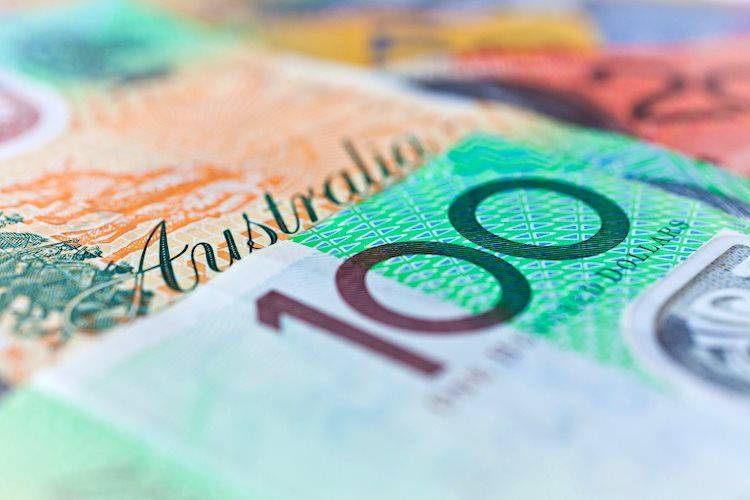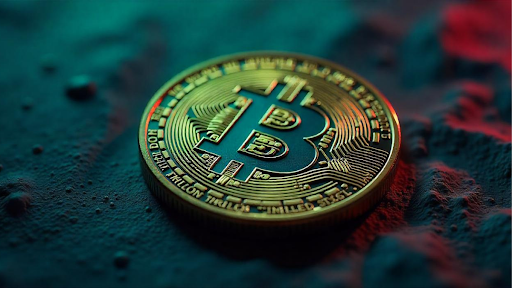
President Donald Trump slammed the Federal Reserve for its handling of interest rates, labeling them “far too high” during a fiery press conference at his Mar-a-Lago estate.
He accused the outgoing Biden administration of leaving behind an ‘economic mess,’ pointing to persistent inflation and the Fed’s aggressive monetary policies as key culprits.
“We’re inheriting a difficult situation,” Trump said. “Inflation is still raging, and interest rates are far too high. They’re trying to make it even harder for us to fix this.” This only intensifies our expectations of a clash with Fed Chair Jerome Powell, whose rate policies have pushed borrowing costs to their highest levels in decades.
Inflation cools, but borrowing costs still sting
The Federal Reserve raised interest rates to a 20-year high between March 2022 and July 2023 as inflation soared to a peak of 9.1% in June 2022. While the Fed succeeded in bringing inflation down to 2.7% year-over-year in November 2024, it’s still above the central bank’s 2% target.
At the same time, Americans are grappling with the consequences of those hikes. Mortgage rates have surged past 8%, while the 10-year Treasury yield has surged to 4.7%. This has left many wondering whether the Fed has lost control of its playbook.
Historically, interest rates tend to drop during a Fed rate-cutting cycle. Yet, since the central bank began cutting rates in September 2024, long-term rates have moved in the opposite direction, climbing an unprecedented 110 basis points.
Analysts are calling this a “market rebellion,” with investors essentially challenging the Fed’s ability to control inflation without triggering broader economic pain.
For borrowers, the situation is bleak. Treasury auctions this week underscore the appetite for debt: $58 billion in three-year notes went on sale Monday, followed by $39 billion in reopened 10-year notes on Tuesday—the largest since 2007.
Another $22 billion in 30-year bonds is set to follow. Corporations are also rushing to secure funding before market conditions worsen, taking advantage of narrow credit spreads and high investor demand.
Despite these challenges, Trump has since made it clear he isn’t planning to fire Powell, whom he described as “political” during his campaign. Powell’s term doesn’t end until 2026, and he’s publicly said that he won’t resign even if Trump asks.
“I made a lot of money, so I should have at least a say in monetary policy,” Trump believes.
Politicians rake in massive gains while retail investors struggle
While ordinary Americans feel the pinch of rising rates, members of Congress are cashing in. Stock trading by lawmakers outperformed the S&P 500 in 2024, with Democrats gaining an average of 31% and Republicans posting 26% gains.
For context, the S&P 500 rose 24% during the same period, leaving retail investors in the dust. According to JPMorgan data, the average retail investor saw returns of just 3.7% last year, with many ending the year in the red.
At least five members of Congress posted gains exceeding 100%, with Nancy Pelosi’s portfolio surging by 71% thanks to heavy investments in tech stocks. Meanwhile, hedge funds struggled to keep up, with only two major funds—DE Shaw (+36.1%) and Bridgewater China (+35%)—outperforming Congress.
Democrats, in particular, have doubled down on tech. Nearly half of their portfolios are concentrated in technology stocks, with financial services trailing far behind at 13.4%.
Republicans, on the other hand, are more diversified, favoring energy, consumer cyclicals, and financials alongside tech. But Trump plans to ban Congress from stock trading once and for all the moment he’s back in the Oval.
Stagflation fears and the fight against the Fed
Economists are now warning of stagflation—where high inflation combines with sluggish growth—as market dynamics change. Gold prices are up 29% since March, while the U.S. Dollar Index (DXY) has climbed to its highest level since late 2022.
These two assets rarely rise together, but the unusual pairing means that markets are bracing for the return of inflation. “This move in long-term rates can’t be ignored,” Trump said. “Markets are fighting the Fed at a historic pace, and inflation is being priced back in.”
The situation is eerily reminiscent of the dot-com bubble, with rate movements defying historical trends. Analysts are calling this an unprecedented “Fed versus market” showdown, with the stakes higher than ever.
Borrowers are flooding debt markets to lock in funding before conditions worsen. Europe’s bond market has already set records, while Wall Street is eyeing a potential $200 billion January issuance, which would be the largest in history.
Pension funds and insurers, flush with cash, are eager to secure high yields despite rising risks. This demand has driven corporate bond spreads to 30-year lows, creating a rare window of opportunity for issuers.
Meanwhile, the Fed’s Federal Open Market Committee (FOMC) is set to meet again at the end of the month, just as Trump takes office. All eyes will be on Powell and his team as they tell us everything they want us to believe about the US economy.
From Zero to Web3 Pro: Your 90-Day Career Launch Plan
Source: https://www.cryptopolitan.com/president-trump-slams-the-fed-for-skyrocketing-interest-rates/







Leave a Comment